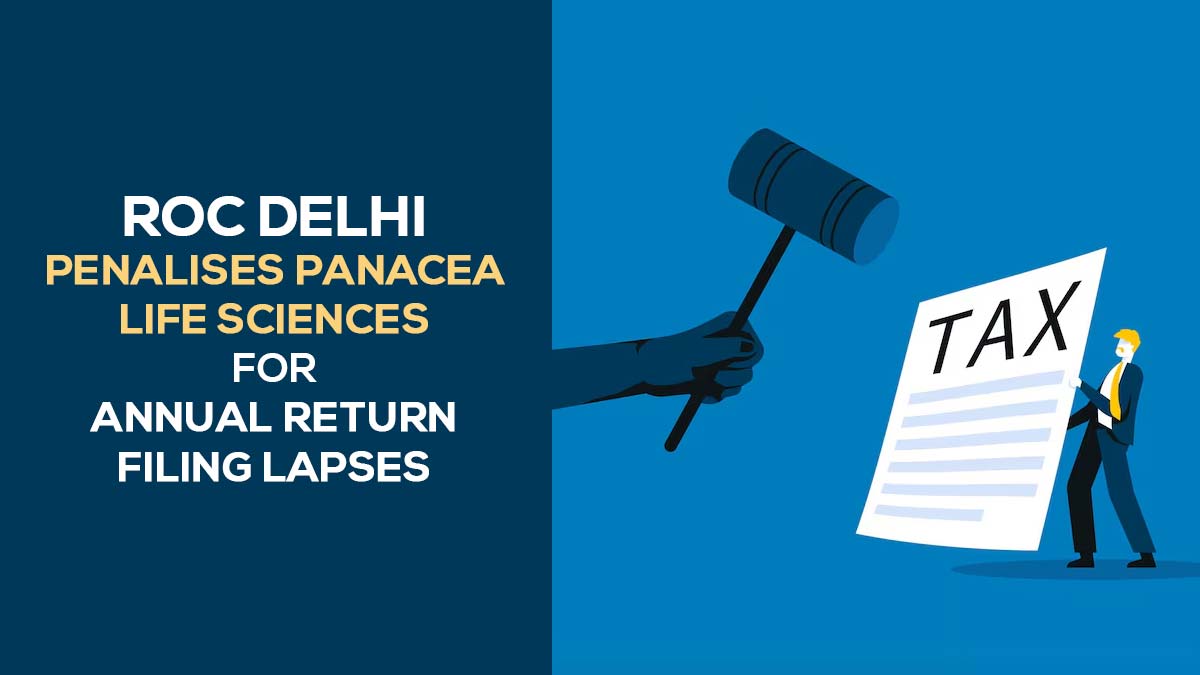
The Comptroller and Auditor General (CAG) suggested that the indirect tax department must finish the verification of the transitional credit permitted beneath the process of GST. Since it is the GST transition part that was incorporated from 1st July 2017, assessees were permitted to furnish the GST Form TRAN-1 and claim for the tax credit on the grounds of closing the balance of credit mentioned in the former return beneath the pre-goos and services tax (GST) regime.
In the compliance audit report on GST for the year ended 2021, addressed in Parliament, CAG specified that the audit verifies the shown essential irregularities in the transitional credit claims of the assessee.
It added that the Central Board of Indirect Taxes and Customs (CBIC) in the year 2018-19 revealed the top 50,000 cases that claimed the highest transitional credit towards the verification, the practice was not yet get finished and the council was yet to validate the 8849 cases.
“The rate of recovery of detected irregularities was low. Cross jurisdictional issues and lack of coordination in central tax jurisdictions in some zones impeded verification and initiation of recovery actions,” the CAG articulated.
The mismatch was revealed to be higher in 4 classes, ineligible credit of duty paid goods in stock without documents, irregular claim on unclaimed credit on capital goods, ineligible credit on inputs or input services in transit, and irregular claim on closing balances.
The audit recommends “ensuring verification of the high-risk claims reflected in Table 7aB of Tran 1 (credit on duty paid stock without invoices) and the cases where the transitional credit claim under Table 5a (closing credit balance of legacy returns) was in excess of the closing balance of legacy return.”
CAG audit would be seen enough information mismatches between the value subjected to tax and the shown tax liability.
The inconsistencies were seen between the CGST and SGST elements of the GST and between the numbers fetched in GSTR-3B and GSTR-9 returns.
“Due to significant inconsistencies in the GST data, an audit could not establish the reliability of data, for the purpose of finding audit insights and trends in GST revenue, and assessing high-risk areas such as tax liability and ITC mismatch at the pan-India level,” the CAG expressed.









